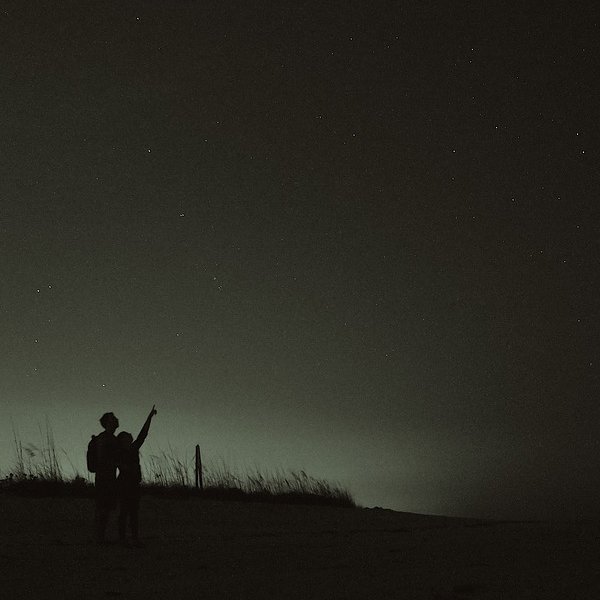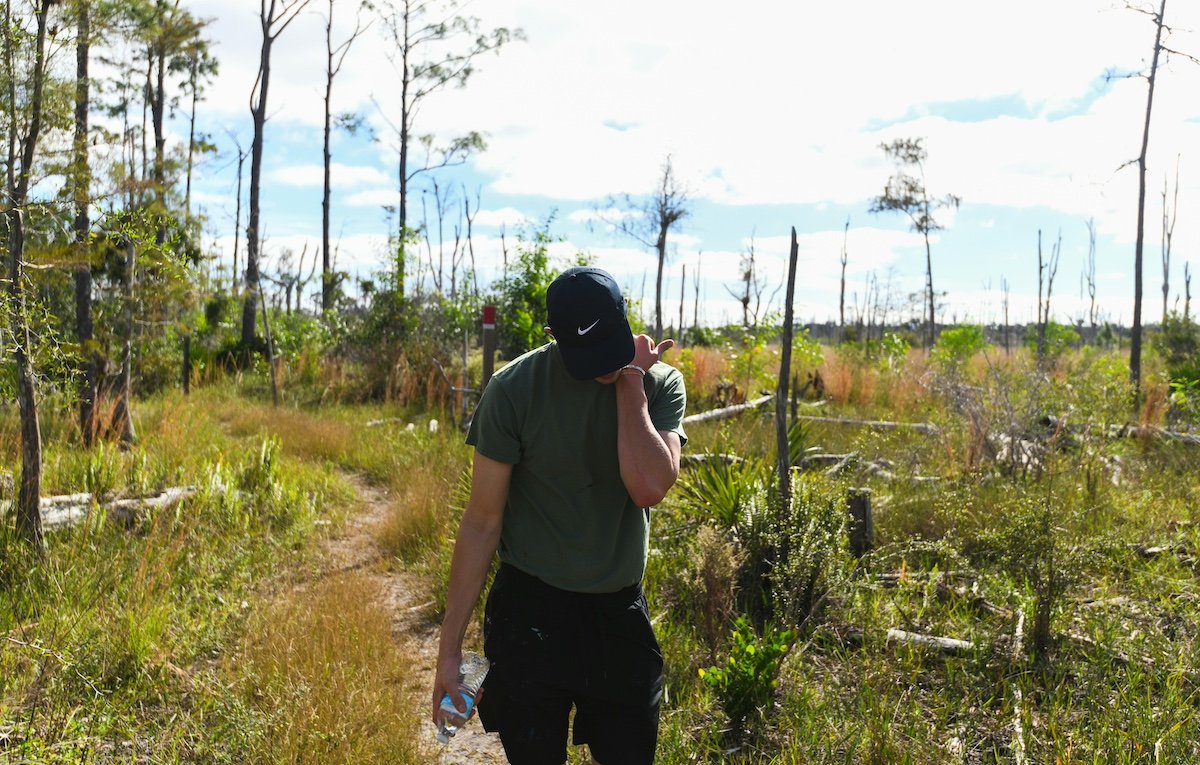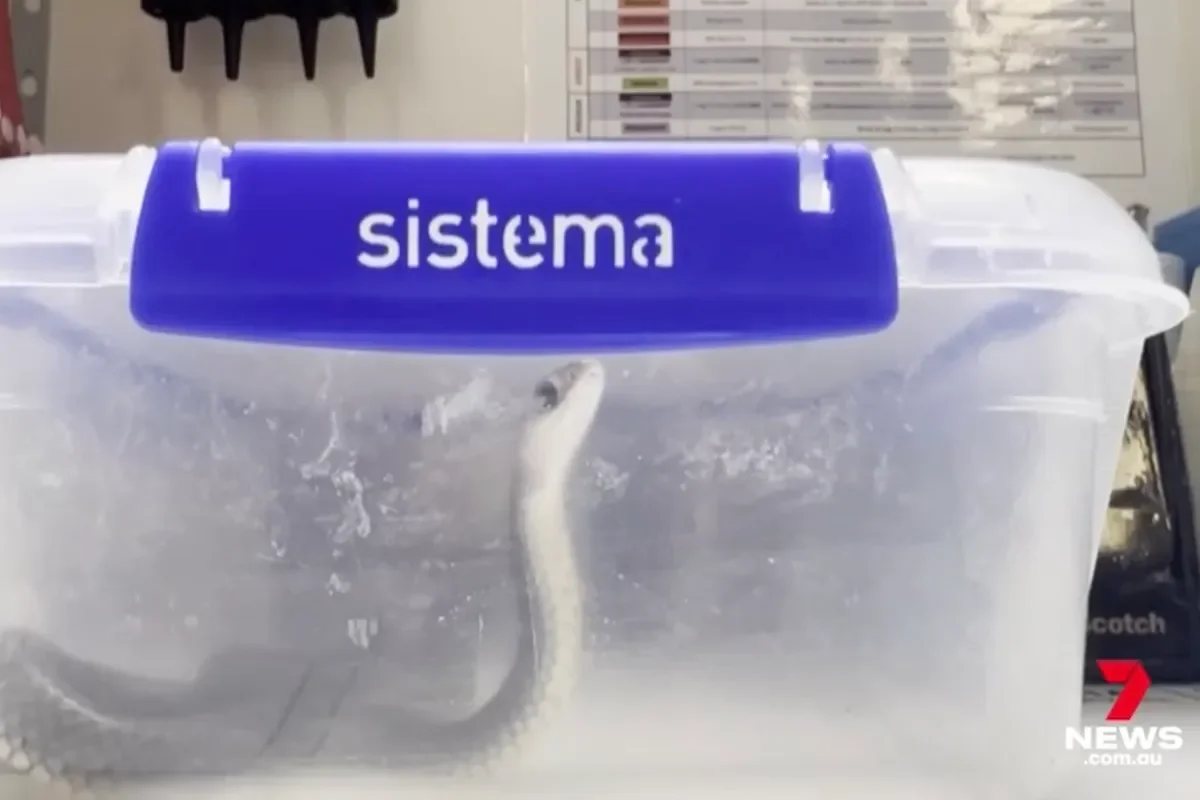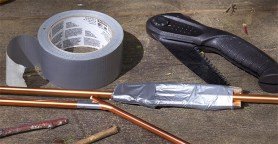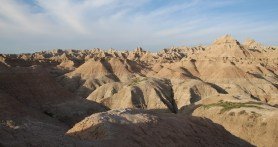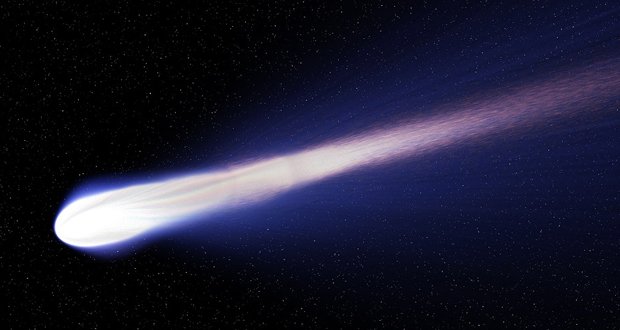

What is it?
The Perseid (per-see-ed) meteor shower happens every August as the earth’s atmosphere plows into debris from the comet Swift-Tuttle. The Swift-Tuttle takes 133 years to orbit the sun, but earth passes through the comet dust every year. We haven’t been this close to the debris since 1992, So 2017 is expected to be an incredible year for viewing. However, while we’ll be relatively close to the action, we’ll see less than in previous years due to the brightness of the moon. You’ll be able to see 40 to 50 meteors per hour instead of the usual 80 to 100. We’ll be passing through the comet dust from July 17th to August 24th, and peak viewing will occur on August 12th.
How should I watch it?
Viewing a meteor shower is free, and a lot of fun. If you live in a dense metropolis, you’re not going to see much of anything, but you probably already knew that. You’ll need to get out of the city and into the darkest area you can find. The Dark Site Finder is a handy tool to for this. It will show you exactly how far you’ll need to drive out of the city if you want the best viewing. Grab a blanket, some bug spray, and your favorite beverage, and you’ll be setup for a great evening.
Why is it called Perseid?
The meteors appear to emanate from the Perseus constellation. Perseus was the son of Zeus and had a talent for slaying sea monsters, so it’s a gnarly constellation. There are a few more facts about the Perseid Meteor Shower that are fascinating. The meteors move at 133,200 mph and are the size of a grain of sand. They are about 3,000 degrees F and come into view when they’re about 60 miles from the earth’s surface. The Swift-Tuttle comet that they originate from was discovered in 1862 and is the same size as the comet that collided with Earth and killed the dinosaurs. Fortunately, you can sip your wine and watch the Perseid Meteor shower worry free because scientists have determined that there won’t be a reasonable threat of collision until 3044. Lastly, if you can’t catch the show on August 12th, don’t worry. The Geminid Meteor Shower is December 13th and is every bit as awesome as this one.
